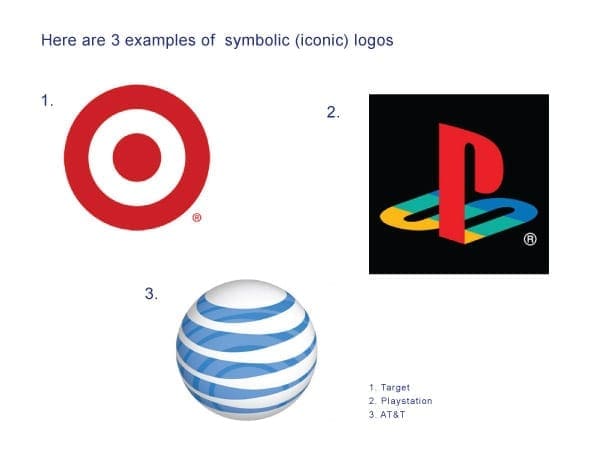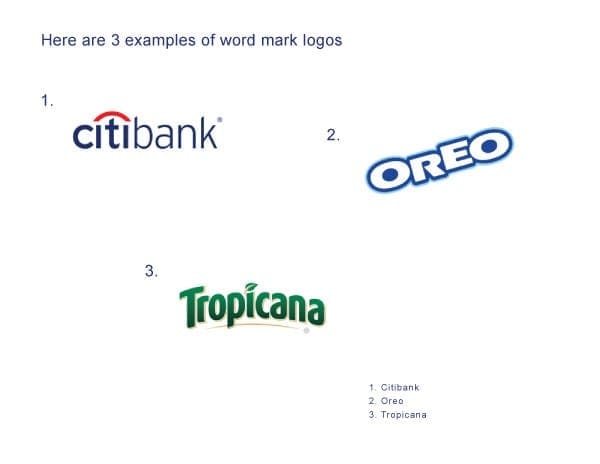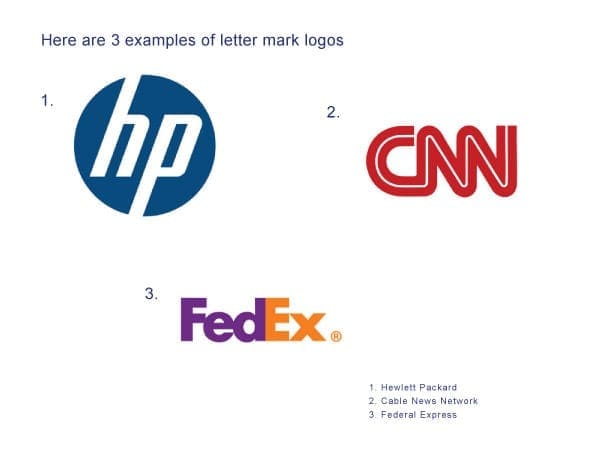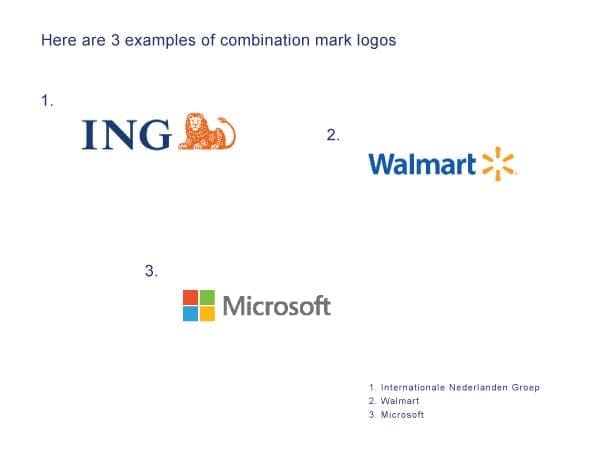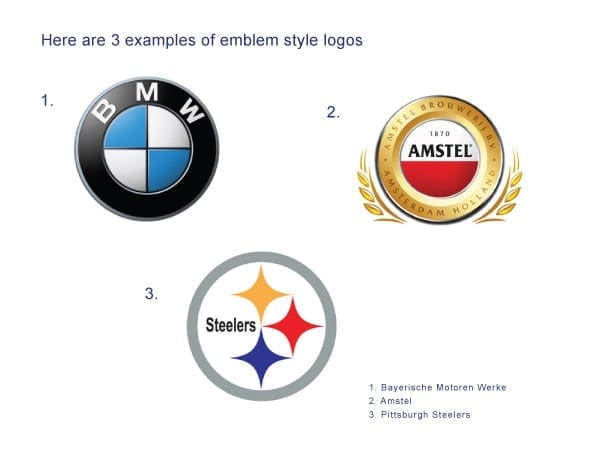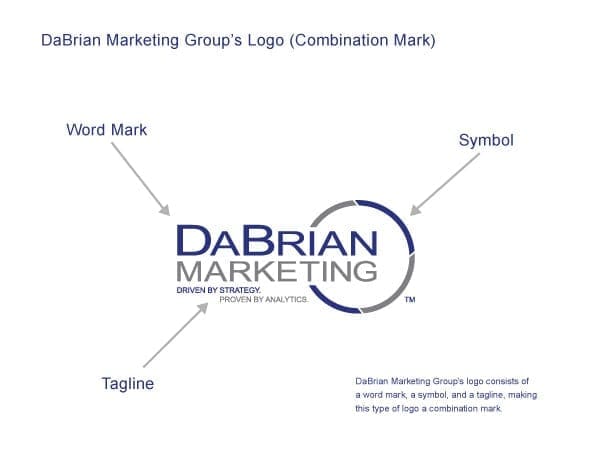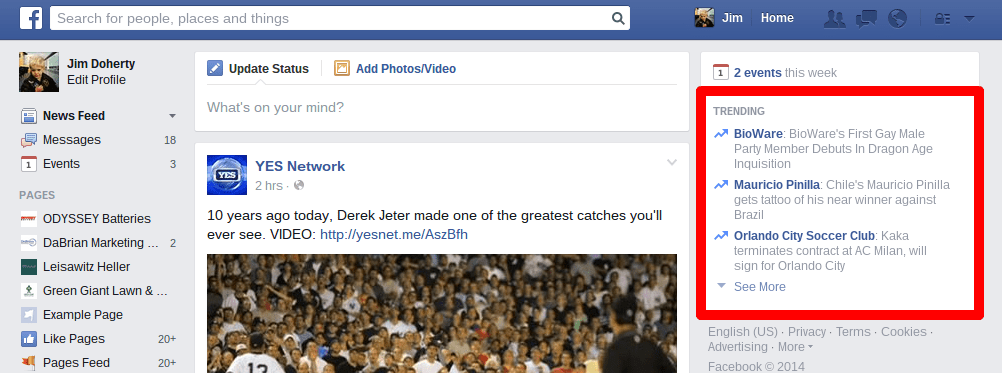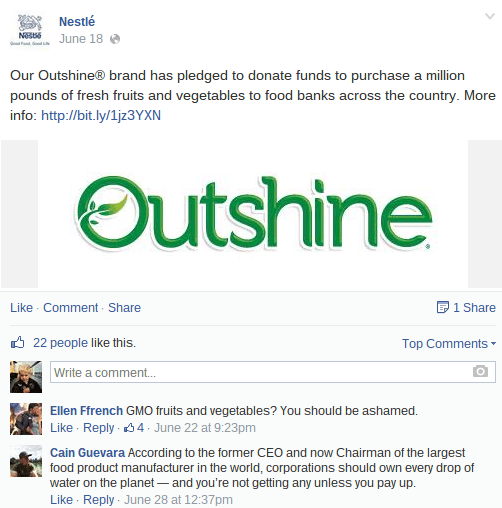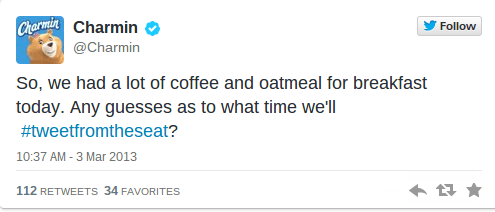Volunteering Benefits Everyone
Picture this: You’re in Pennsylvania in the middle of July. It’s 2 o’ clock on a Saturday afternoon, 90 degrees Fahrenheit, and you’re directing traffic with the CEO of your company and your coworkers–sounds crazy, right? Except that you’re volunteering for one of the greatest events of the year in your community, the Berks Humane Society Annual Pints for Pups. You find yourself surprised that even though you already spend 40 hours a week with these folks, you’re thrilled to be donating your time to a great cause and building even better relationships with your coworkers.
For the most part, we all understand the value of volunteering in our local communities–as Idealist points out, the personal benefits include developing new skills, making new professional contacts, and getting some unplanned exercise. The benefits to the community are also clear, but the question is, “How can volunteering benefit your small business?”
Team Building
Benefit number one: team building. Team building is a great for a few reasons: it can help improve employee communication and problem-solving, as well as encourage appreciation of team members. One of the downsides of teambuilding is that the costs of day-trips or meals out can add up quickly–even for a small team of people. Volunteering, however, is generally free of direct cost (and can even come with super cool perks, like tickets to the event you’re volunteering at). The added benefits of volunteering (as noted above) make it a great team building exercise.
An Opportunity for “Good PR”
Benefit number two: good PR. It’s often been said that there is no such thing as bad publicity, and while you may fall on either side of the argument, there is certainly such a thing as good publicity. Volunteering generally means being out in the public, which means it’s a great opportunity for asset creation: taking photos, shooting video, and crafting a press release (which can be great for SEO). As an added perk, you can use this kind of PR not only for showcasing your business as a whole, but also your employees (and who doesn’t love a little recognition?).

Opportunities for Skills Development
Benefit number three: a chance to see what other skills your employees have. In addition to team building and good PR, volunteering can provide your team with opportunities for skills development. Maybe you’ve always thought John the Copy Writer would be a great team lead, but his work duties keep him too busy to test the waters. While volunteering, John was assigned a leadership role and–just as you suspected–he nailed it. Once you get back in the office, you’re able to show John that you recognized his leadership skills and you’d love to discuss some further training/bringing on an intern for him to oversee/insert other awesome development here. Getting your employees out of their normal circumstances allows you (and sometimes them!) to see what other skills they may have that you weren’t previously aware of.
Go Forth and Do Good
The benefits are clear–and they’re for you, your team, and your business. With a triple play of such awesomeness, what are you waiting for?


